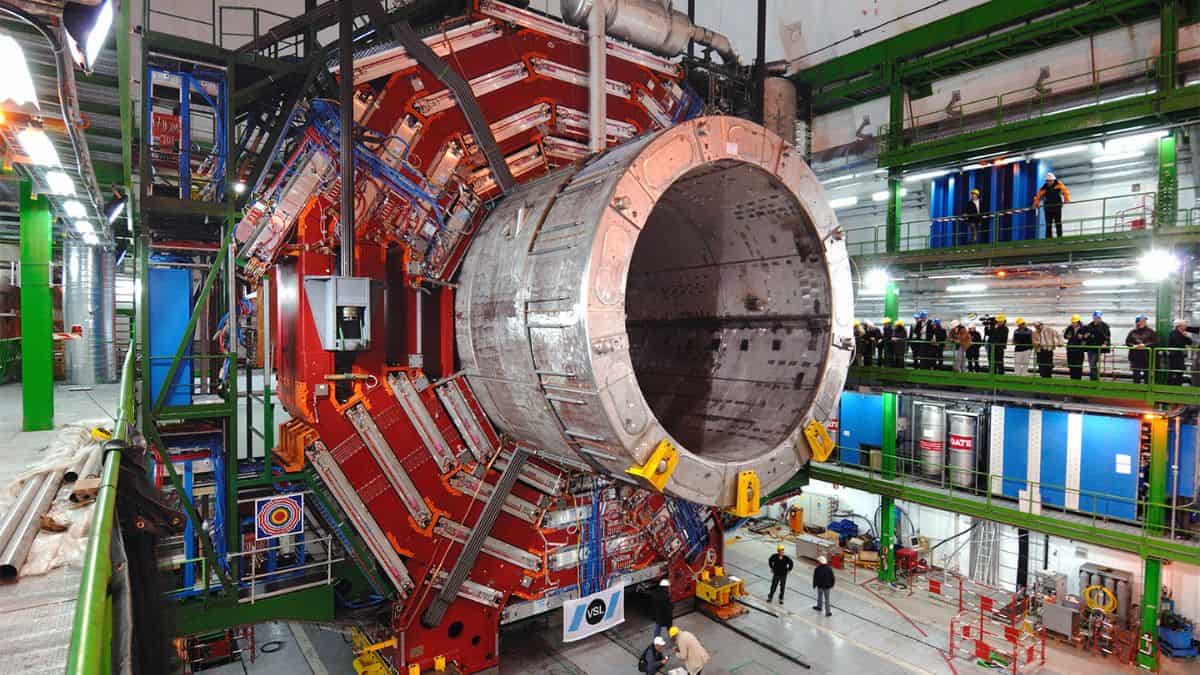How does hadron collider work? Check out detail

The border between France and Switzerland is surrounded by a circular machine that is located 328 feet underground. This machine may hold the key to unlocking the universe’s mysteries. Or, as others have suggested, it may obliterate all life on Earth. It’s the biggest machine in the world, and it will look at the smallest particles in the galaxy. The Large Hadron Collider LHC is the name of the machine.
The European Organization for Nuclear Research, or CERN, is the project manager for the LHC. In the vicinity of Geneva, Switzerland, the LHC connects the CERN accelerator complex. The LHC will launch protons and ions at speeds close to the speed of light once it is turned on. The LHC will cause the beams to collide, and then record the events that follow from the collision. Scientists anticipate that these developments will reveal more about the origins and composition of the universe.
The LHC is the largest and most potent particle accelerator ever constructed. To make new discoveries, thousands of scientists from hundreds of nations collaborate and compete with one another. Data is collected at six selected sites around the LHC for various experiments. As some of these experiments overlap, researchers will compete to be the first to find significant new data.
Increasing our understanding of the universe is the aim of the Large Hadron Collider. The LHC was not established with the intention of using the scientific discoveries made therein for immediate use, even though they may do so in the future. It is a tool designed to expand our knowledge. The lack of a practical application may be unexpected given that the LHC costs billions of dollars and necessitates the cooperation of multiple nations.
Let us know what LHC is looking for: Scientists devised a theory known as the standard model in an effort to comprehend our universe, including how it functions and its true structure. The fundamental particles that give the universe its physical characteristics are defined and explained by this hypothesis. It incorporates aspects of both quantum theory and Einstein’s general theory of relativity. Additionally, it covers the strong nuclear force, weak nuclear force, and electromagnetic force—three of the four fundamental forces of the universe. Several predictions about the universe are made by the Standard Model, and many of them appear to be accurate based on numerous experiments. However, there are still some unproven aspects of the approach. One of these is a hypothetical particle known as the Higgs boson.
Concerns about mass may be addressed by the Higgs boson particle. Why is mass present in the matter? Scientists have discovered particles like neutrinos that are massless. Why is it that certain particles have mass while others don’t? Many theories have been put forth by scientists to explain the existence of mass. The Higgs mechanism is the simplest of these. According to this idea, a particle and a matching mediating force could account for why some particles have mass. It’s possible that the hypothetical particle doesn’t even exist; it has never been seen. Some researchers are hopeful that the LHC’s events will reveal proof of the Higgs boson particle’s existence.


